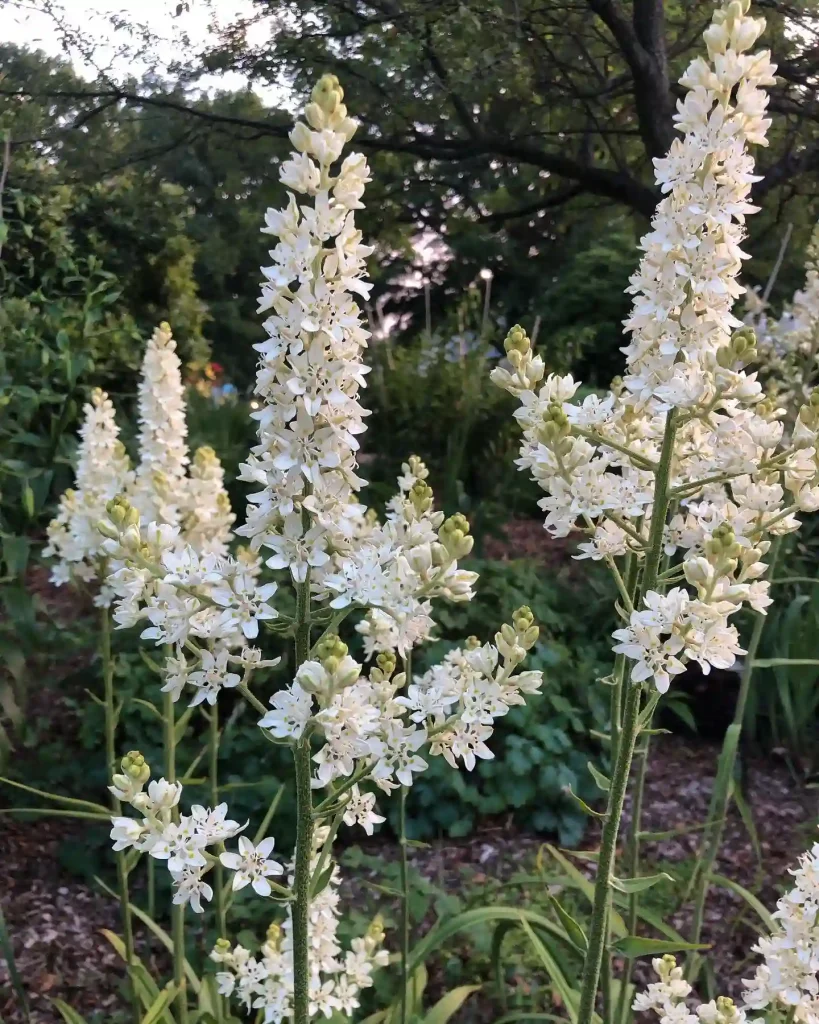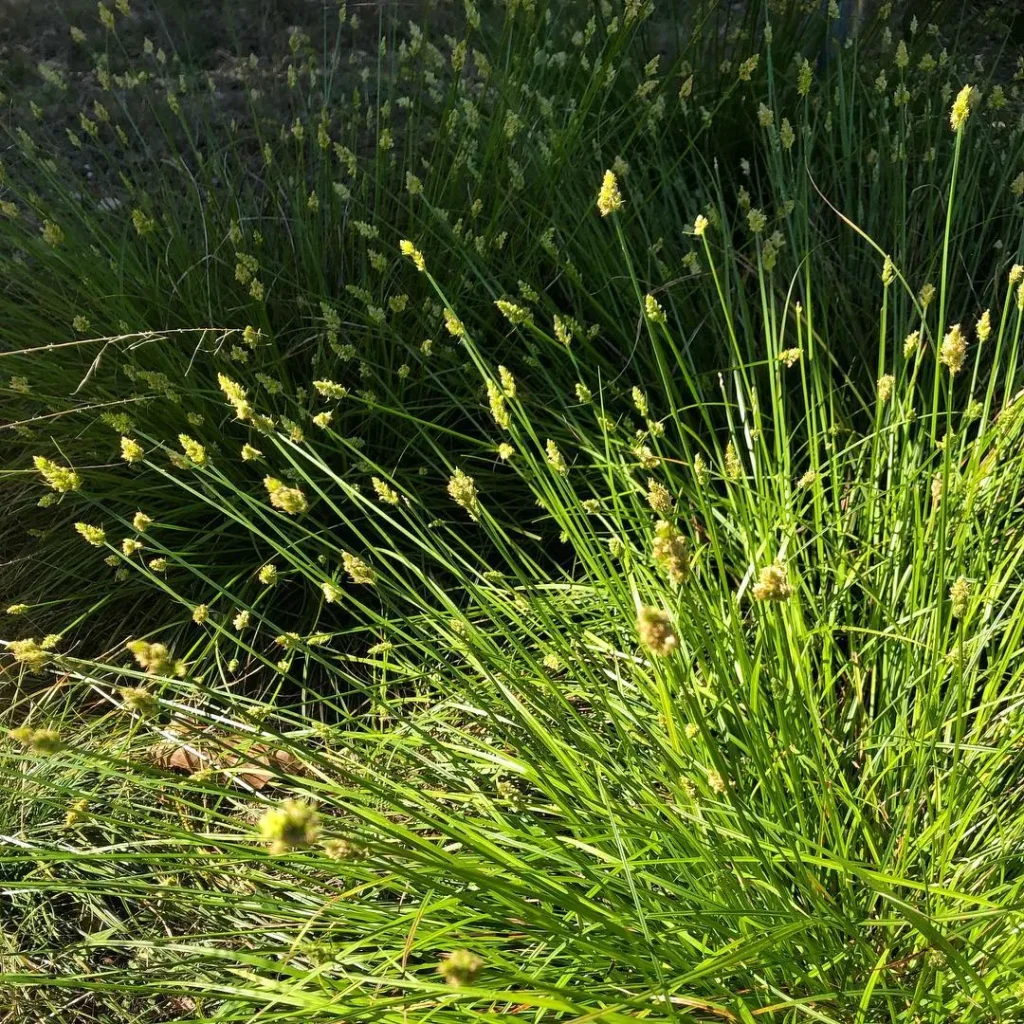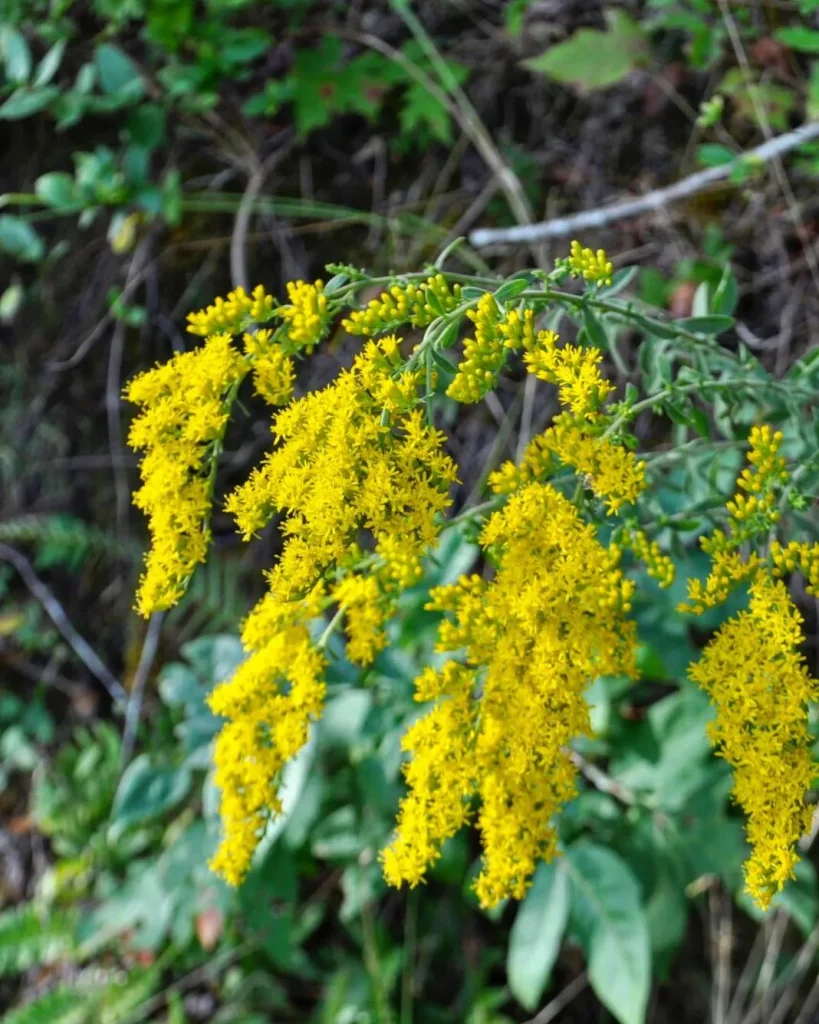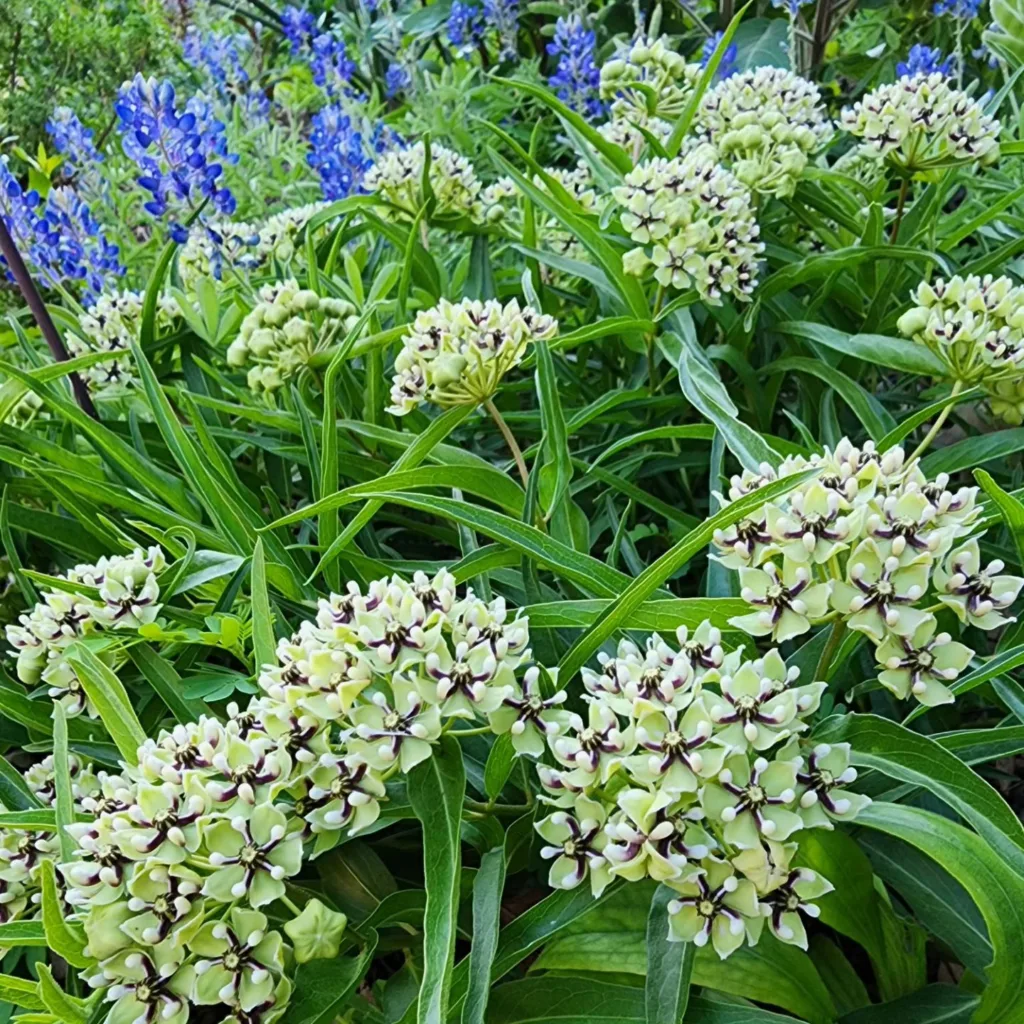FAQs About Carex Pansa: A Comprehensive Guide
Carex Pansa, commonly known as California Meadow Sedge, is a versatile and hardy grass-like plant that adds texture and green to gardens. As a fan of this plant, I’ve gathered some frequently asked questions to help you understand how to care for and cultivate Carex Pansa effectively.
2324 Species in Genus Carex
What is Carex Pansa?
Carex Pansa is a perennial sedge native to California, often used for ground cover in landscapes. Its fine-textured foliage forms dense, lush mats that are ideal for low-maintenance gardens and erosion control. It thrives in a variety of soil types and light conditions, making it a flexible choice for many gardeners.
How to Grow Carex Pansa from Seed?
Growing Carex Pansa from seed is a rewarding process, but it requires some patience. Here’s a step-by-step guide to help you get started:
- Seed Preparation: Start by soaking the seeds in water for 24 hours before planting. This helps to improve germination rates.
- Planting: Sow the seeds in a seed tray or directly in your garden. They should be lightly covered with soil, as they need light to germinate.
- Conditions: Keep the soil consistently moist but not waterlogged. Place the seed tray in a warm, bright location. Seeds typically take 2 to 4 weeks to germinate.
- Transplanting: Once seedlings have a few sets of true leaves and are sturdy enough, they can be transplanted to their final location.
How to Plant Carex Pansa?
Planting Carex Pansa involves a few simple steps to ensure successful establishment:
- Location: Choose a location with full sun to partial shade. Carex Pansa is quite adaptable but prefers well-drained soil.
- Soil Preparation: Amend the soil with organic matter if it’s too sandy or clayey to improve drainage and nutrient content.
- Spacing: Space plants about 12 to 18 inches apart to allow them to spread and form a dense ground cover.
- Planting: Dig a hole twice the width of the root ball. Place the plant in the hole, making sure the top of the root ball is level with the soil surface. Water thoroughly after planting.
Where to Buy Carex Pansa?
You can purchase Carex Pansa from a variety of sources:
- Local Nurseries: Check with local garden centers or nurseries that specialize in native plants. They often carry Carex Pansa and other similar species.
- Online Retailers: Websites like Amazon, Etsy, and specialized online plant stores offer Carex Pansa seeds and plants.
- Native Plant Societies: Many native plant societies or botanical gardens have plant sales where you can find Carex Pansa.
What is the Drought Tolerance of Carex Pansa Compared to UC Verde?
When comparing Carex Pansa to UC Verde, another popular grass species, Carex Pansa is generally more drought-tolerant. UC Verde is known for its drought resistance and low water requirements, but Carex Pansa’s ability to survive in dry conditions makes it a good alternative for low-water landscapes.
Carex Pansa vs. Praegracilis
Carex Pansa and Carex Praegracilis are often confused due to their similar appearance and uses. Here’s how they differ:
- Appearance: Carex Pansa has a more delicate, fine-textured foliage compared to the broader leaves of Carex Praegracilis.
- Growth Habit: Carex Praegracilis tends to form a denser mat and is slightly more aggressive in spreading.
- Usage: Both are used for ground cover, but Carex Pansa is often preferred for its finer texture and more subtle appearance.
How to Care for Carex Pansa?
Proper care ensures that Carex Pansa remains healthy and vibrant:
- Watering: Although drought-tolerant, it benefits from regular watering during prolonged dry spells.
- Fertilizing: Apply a balanced, slow-release fertilizer in early spring to encourage healthy growth.
- Mowing: If the plant becomes too tall or untidy, it can be mowed back in early spring to rejuvenate it.
Can You Grow Carex Pansa Indoors?
Carex Pansa is typically grown outdoors, but it can be grown indoors under the right conditions. Ensure it receives adequate light, and use a well-draining soil mix. However, indoor environments may not be ideal for its growth compared to its natural outdoor habitat.
Is Carex Pansa Toxic?
Carex Pansa is non-toxic to humans and pets, making it a safe choice for family gardens and pet-friendly landscapes.
Benefits of Carex Pansa
- Low Maintenance: Once established, Carex Pansa requires minimal care and is resistant to many pests and diseases.
- Erosion Control: Its dense root system helps prevent soil erosion, making it an excellent choice for slopes and embankments.
- Aesthetic Appeal: Adds a lush, green texture to garden beds and can be used in a variety of landscape designs.
Common Problems with Carex Pansa
While Carex Pansa is relatively trouble-free, here are some issues you might encounter:
- Overwatering: Excessive water can lead to root rot. Ensure good drainage and avoid waterlogging.
- Pest Issues: Though rare, keep an eye out for aphids or mites and address any infestations promptly.
Carex Pansa is a resilient and adaptable plant that can enhance various garden settings with its beauty and functionality. Whether you’re growing it from seed or planting it in your garden, understanding its needs and characteristics will help you achieve a thriving and attractive landscape.
If i die, water my plants!



